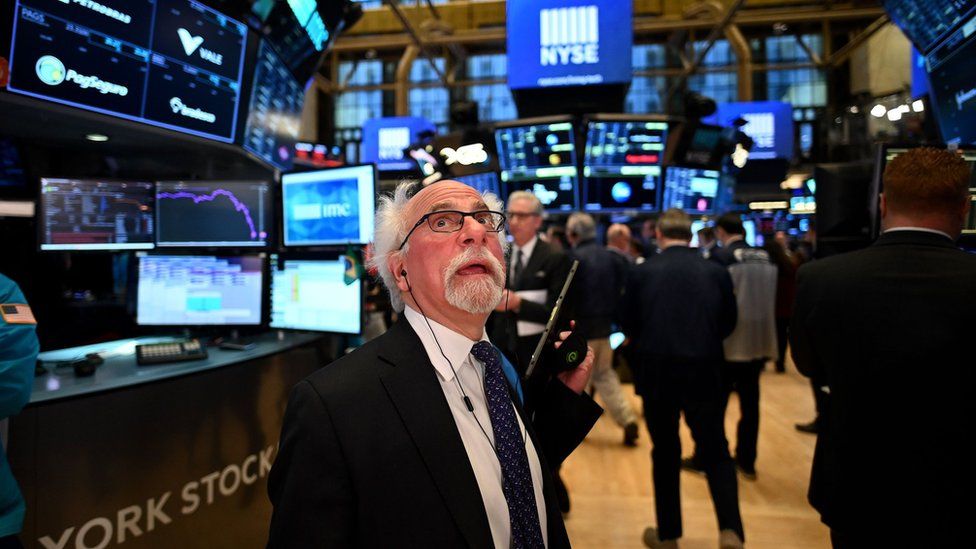Why did treasuries stumble so badly?
We need to look into why the treasury market has been so volatile in recent days, especially at the very long end of the curve.

A few days ago, we bemoaned the fact that the Trump Administration announced what could be the biggest tax hike in history without any Congressional oversight. The usual checks and balances that are meant to keep both Congress and the President in line were bypassed by Trump’s use of executive orders to initiate swingeing tariffs. But it turns out that there are checks and balances on the Administration! Unsurprisingly, these are to be found in financial markets; specifically, the bond market. But can we rely on this market to hold the Administration in check going forward?
To see this, we need to look into why the treasury market has been so volatile in recent days, especially at the very long end of the curve. This is important because usually we think that the so-called ‘bond vigilantes’, who ruin the best laid government plans by ditching bonds in droves, act because they don’t like government policy. And, in the shape of swingeing tariffs there is a lot not to like. But this does not seem to be the reason why the Treasury market broke down.
For a start, we’d normally think that bond vigilantes would balk at government policy that could destroy the value of bonds, through higher inflation, for instance, or a massive rise in the budget deficit. But, in this case, market-based expectations of inflation have not surged as a result of the tariffs. For while shorter-term inflation swaps have understandably risen, such as the 1-year swap which is now around 3.5%, longer-term swaps have not. The key 5-year forward starting 5-year inflation swap is lower today than when Trump came into office.
In addition, we should not forget that the market has priced in more Fed easing, not less, as a result of tariffs. So, it does not seem as if there are any bond vigilantes rebelling against future inflation while, on the budget side, this could amount to one of the biggest tax hikes in history if it rakes in the USD600bn per year that some in the Administration seem to think. Of course, tariffs may not raise this much in the end and, if we start dynamic-pricing the tax hike by making allowance for the recession that tariffs could deliver, the tax take could be lower still. Nonetheless, it seems difficult to argue that the budgetary implications of this policy sparked any bond vigilantes into life.
So why did treasuries stumble so badly? Steven Barrow, Head of Standard Bank G10 Strategy, said the answer is more to do with what we might call peculiar technicalities within the treasury market that can appear whenever global financial tensions arise. These include the much vaunted basis trade where hedge funds arbitrage minute gaps between cash and futures. The trade has been said to be worth over a trillion dollars and, in times of stress can see cash holders rapidly shed bonds. And then there is the issue of margin calls for, as asset prices plummet, such as stocks, investors are forced to post margin to cover losses and they often raise this cash by selling liquid assets such as treasuries.
Now none of this explanation glosses over the economic significance of surging treasury yields. But what it suggests is that the rise in yields is borne of a wider panic in the market, often generated by other assets, and not because bond vigilantes have, all of a sudden decided to attack the bond market because they do not like what the Administration is doing.
This being said, there is a clear risk that speculators see how vulnerable treasuries are and actively sell in some sort of vigilante-type way because they scent blood. But unless this happens (and we don’t have any sense of this happening as yet) we’d argue that the treasury market is not going to act as a force that turns back US tariff policy.
“All that the administration will have learned is that it can carry on with exactly the same policy; just not with the aggression that it has used so far. Of course, that could be a helpful lesson when it comes to asset prices like bonds and stocks as it may end the huge volatility we’ve seen before now. But, at the end of the day, if the market still thinks that tariffs are bad policy, their resistance is unlikely to make Trump et al change course”, said Steven Barrow.








